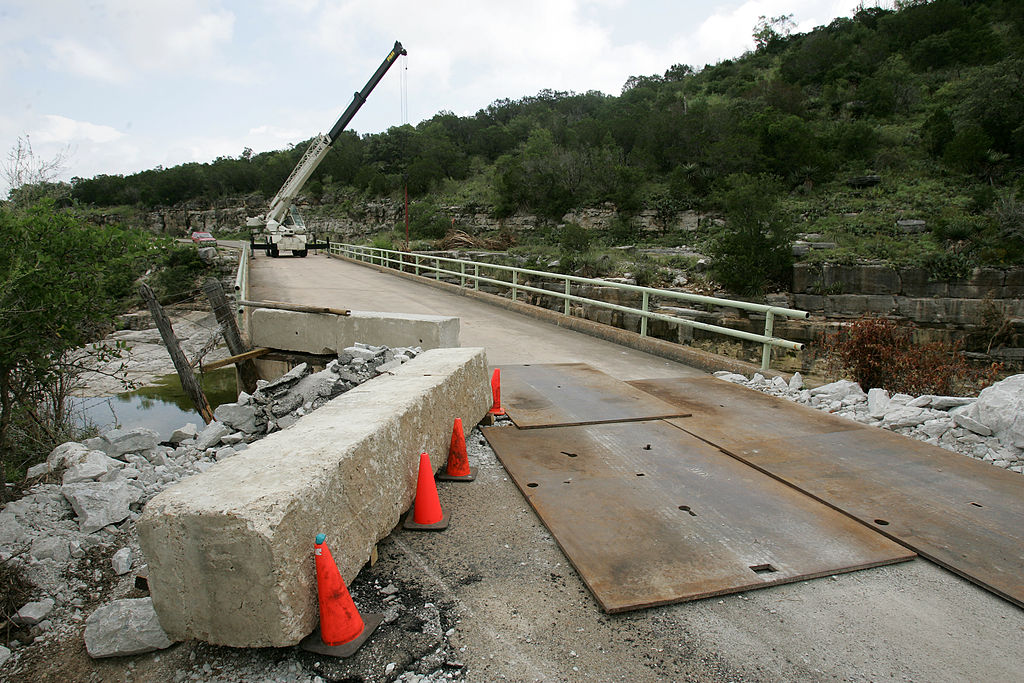Written by Mary Scott Nabers
President and CEO, Strategic Partnerships Inc.
 Hurricanes Harvey and Irma made an indelible mark on the U.S. Gulf Coast. The back-to-back storms ravaged the Texas and Florida coasts in late August and early September and left behind a wide swath of damage and destruction that will take years to restore and rebuild. The initial goal of saving lives and property completed, government officials have now turned their efforts to cleanup and rebuilding. The damages from Harvey approached $200 billion in Texas and the damages from Irma are estimated at up to $100 billion in Florida.
Hurricanes Harvey and Irma made an indelible mark on the U.S. Gulf Coast. The back-to-back storms ravaged the Texas and Florida coasts in late August and early September and left behind a wide swath of damage and destruction that will take years to restore and rebuild. The initial goal of saving lives and property completed, government officials have now turned their efforts to cleanup and rebuilding. The damages from Harvey approached $200 billion in Texas and the damages from Irma are estimated at up to $100 billion in Florida.
Contracting opportunities in Texas, Florida may span a decade
While federal, state and local government officials are taking the lead in managing the recovery, private-sector firms from throughout the nation are helping officials at all levels of government with restoration efforts. By mid-September, the Federal Emergency Management Agency (FEMA) had pumped $1.09 billion in federal funds into Texas to aid the storm recovery. Also approved was more than $180 million for local and state agencies to reimburse costs for the emergency response to the storm and for initial debris removal. Another $516 million in mission assignments were rushed to more than two dozen federal agencies.
FEMA has spent more than $124.3 million in Florida to date. Additionally, the Florida Department of Business and Professional Regulation eased licensing and other regulations to fast-track repairs.
Following Hurricane Katrina in 2005, private contractors were awarded $20.4 billion in contracts across three states affected by the storm. Super Storm Sandy in 2012 resulted in the award of $2.9 billion in government contracts. Millions of dollars in contracting engagements have already been awarded in Texas and Florida. There will be many, many more.
Mayors, county judges and other local leaders in Texas had until Sept. 29 to submit prioritized requests for federal funding to the Governor’s Commission to Rebuild Texas. The Commission will examine Texas’ needs, identify funding sources and begin advocacy for funding in Washington D.C. As the funds are made available, contracting opportunities will be announced for private-sector firms.
Although Congress approved a $15.3 billion emergency disaster relief bill, officials say that’s a drop in the bucket relative to funding needs, and federal officials say the Trump administration will likely request a second round of funding in October followed by possibly two more rounds of funding later this year.
The initial disaster bill included $7.4 billion for FEMA disaster relief. The FEMA Public Assistance Grant Program provides resources for contractors for repair, replacement or restoration of public facilities. Another $7.4 billion was set aside for the Department of Housing and Urban Development for community block grants. The grant funding can be used for projects that address infrastructure, water and sewer facilities, street improvements, flood and drainage, public utilities and more.
In Texas, because many water and wastewater facilities were damaged by the storm, the Environmental Protection Agency (EPA) approved expediting loans from a low-interest loan program so that local governments can rebuild water-related systems. Private firms will be asked to assist with many of these projects. Three weeks deep into September, six community water systems were listed as inoperable, two of which were listed as destroyed.
Eight wastewater systems are inoperable and one was destroyed. An initial $25 million in funding was made available to the Texas Department of Transportation for emergency road and bridge repairs, with U.S. Transportation Secretary Elaine Chao pledging more than $100 million in financial assistance for other infrastructure projects. Additionally, 52 public and charter schools in Texas suffered “catastrophic” damages.
Rebuilding or reconstruction will result in contracting opportunities in both states for projects that include debris removal, environmental services, engineering services, grant administrative services, telecommunication needs, construction, renovation, building repairs and replacements, attorney services, counseling and case management and more.
All levels of government involved in the recovery – federal, state and local – have their own processes for handling contracting. Nothing is simple. But during disasters, many contracts are facilitated through state and local government agency offices. Firms already registered and qualified are usually relied upon first. After Harvey completely destroyed about 35 percent of the city of Rockport, city officials instituted a registration process and within two weeks reported that more than 500 contractors had registered with the city’s building division.
Although billions of dollars will be available for rebuilding, the contracting process will stretch for years in both states. Contracting opportunities will be plentiful but timing is critical. The quicker that companies are registered, vetted and networked, the quicker new contracts will be finalized.
…
Mary Scott Nabers is president and CEO of Strategic Partnerships Inc., a business development company specializing in government contracting and procurement consulting throughout the U.S. Follow Mary on Twitter.
Tags: FL, Florida, Hurricane, Hurricane Harvey, Hurricane Maria, Mary Scott Nabers, PPPs, Private Contracts, Public-Private Partnerships, Reconstruction, Resiliency, Strategic Partnerships Inc., Texas, TX






 RSS Feed
RSS Feed